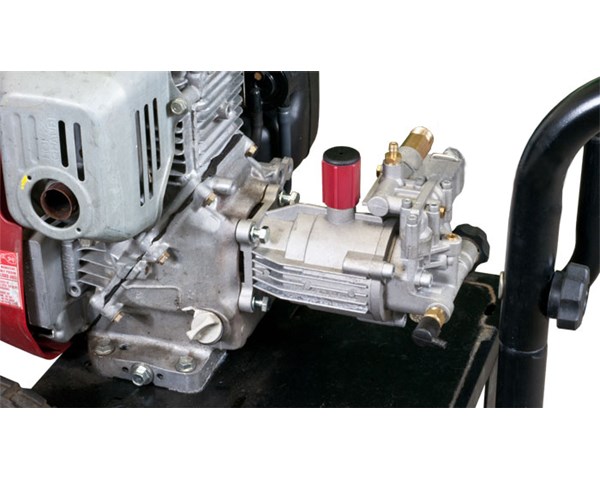
How to Choose The Correct Replacement Pump
If your pressure washer is running but fails to build up water pressure, don't lose hope just yet; it's possible that the pump is malfunctioning.

If your pressure washer is running but fails to build up water pressure, don't lose hope just yet; it's possible that the pump is malfunctioning.
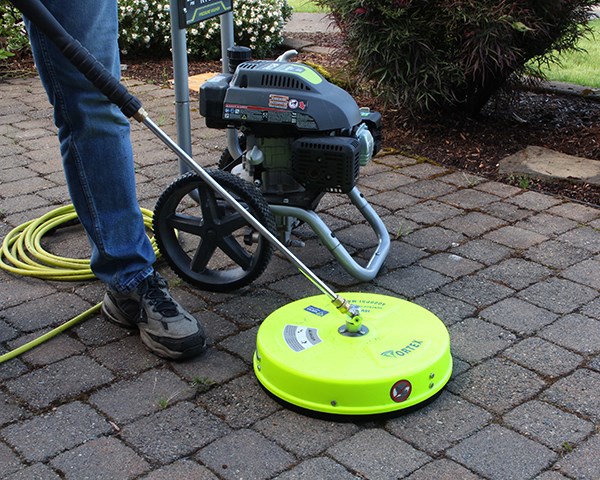
Whether your patio is an elegant space for lounging and entertaining or just a simple getaway for your morning coffee, patios need routine maintenance and care to keep them looking their best.
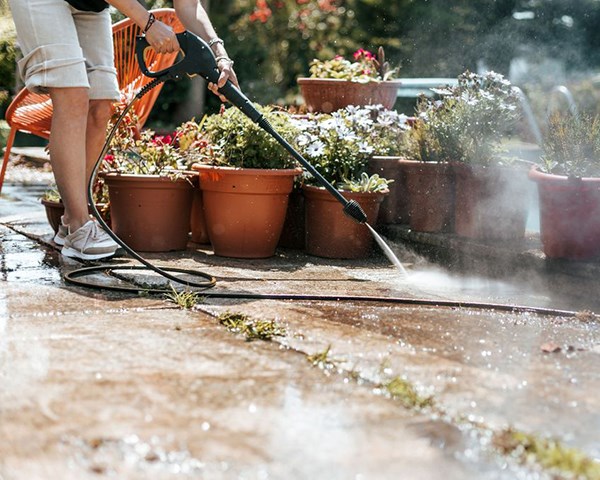
Whether you're a DIY'er cleaning up the exterior of your home, or a professional bringing the sparkle back to a client's property, we should all be mindful of what we're spraying. Just as important — is being aware of the things we aren't spraying.
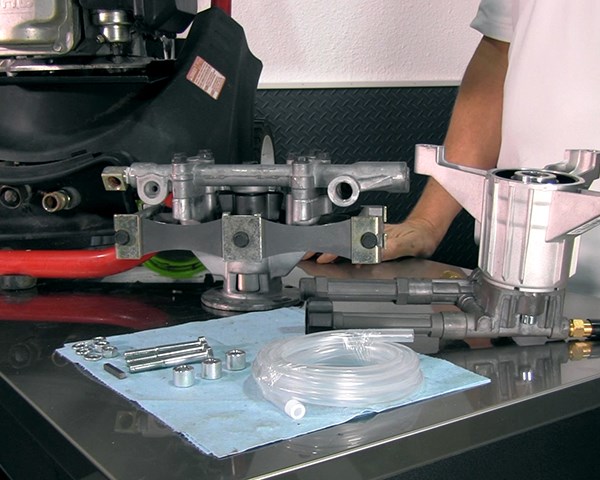
To avoid spending hundreds on replacement parts that don't fit, or dragging your pressure washer to a repair center for simple repairs, we will show you how simple it is to find parts fit for your pressure washer.
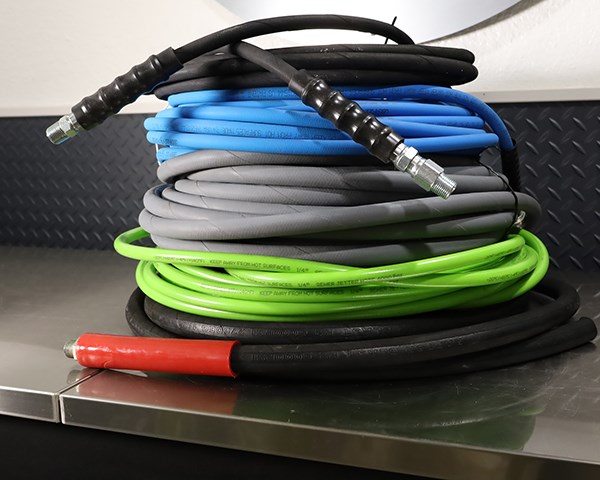
When it comes to using a pressure washer, one of the most important things to consider is the length of the hose you’re using. The right hose can make all the difference in the efficiency and effectiveness of your pressure washer, but how do you know how long of a hose you can use?
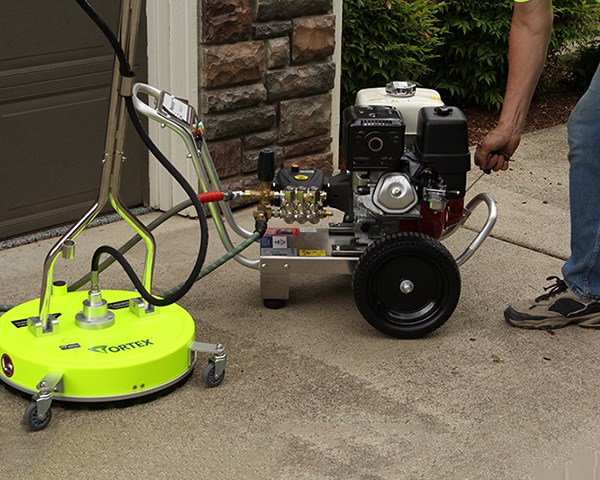
Are you looking to extend the life of your home's exterior or property? Or have you become frustrated with traditional cleaning methods that never seem to do the trick?
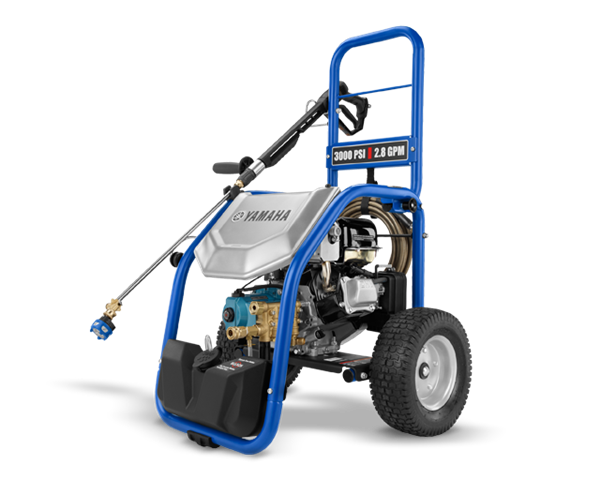
Your pressure washer model number is your key to finding the correct replacement parts and accessories. Learn how to locate yours here!
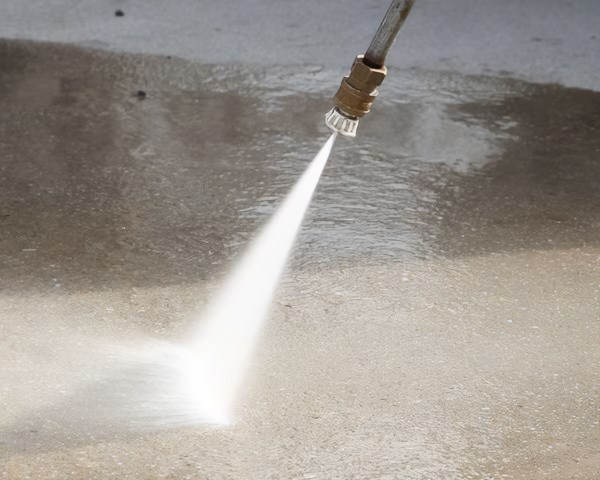
Even the best tools come with some precautions. Using a pressure washer responsibly and safely is essential to avoid accidents and damage.

Whether you're a DIY'er cleaning up the exterior of your home, or a professional bringing the sparkle back to a client's property, we should all be mindful of what we're spraying.
Just as important — is being aware of the things we aren't spraying. Pressure washer overspray can have unintended concequences, but we can avoid these issues with a little preparation.
Pressure washers are designed to operate at high enough pressures to atomize the water upon contact with the surface. Tiny droplets are scattered and spread from the place of contact, and these droplets are easily carried with the breeze to splash and splatter beyond where we are focused. When pressure washing is combined with cleaning chemicals, overspray can damage paint, kill plants, or even be inhaled to our detriment. The amount of damage inflicted will depend on the type of chemical solution used and how much overspray landed on the unintended surface. To keep plants, people, and surfaces from experiencing the harmful effects of overspray, we will explain how to prevent it in the first place.
The first and most critical step in any project is to assess your specific needs. There are no one-size fits all recommendations to eliminate overspray, so an initial evaluation helps you to make preparations according to your needs. Start by asking yourself, do I have any plants I want to protect? Is the neighbor's car nearby? Do I have patio furniture that's too heavy to be moved? What are the wind conditions like?
If you answered yes to having plants, furniture, or larger items that need protection, a plastic dropcloth or tarp should be considered to cover these things. This is a relatively cheap solution that you can find at most major stores in a pinch or for a great deal online. Be sure to take your time and carefully block off the area you don't want to be affected by overspray. Be mindful that while the transparent polyethylene sheets provide a great barrier, they can create a greenhouse-like effect for the plants you're trying to protect and may cause harm to them from overheating. More opaque colors can mitigate this issue while you work.
Without a dropcloth to cover and protect plants, many adopt a routine of wetting the plants and shrubbery before and after spraying. This lets the plants absorb fresh, clean water before being splashed with potentially harmful chemicals. This will slow the absorption and give you time to wet the area after rinsing the chemicals away.
Wind is also an important factor when trying to minimize pressure washing overspray. If you're working outside and it's excessively windy, it's best to postpone and work again later when you can control your work more efficiently. If you must complete the project in windy conditions, know that the area you'll need to protect is going to be a lot larger, and minimizing overspray will be difficult. To gauge how far your overspray may travel, it's best to test your pressure washer prior to introducing any chemicals. Pay critical attention to areas downwind from the area you are spraying.
While you can't control the wind, you can control pedestrian traffic. If you're at home this may not be a major concern, but if you are a commercial pressure washer or are pressure washing in populated areas its best to consider using barriers such as cones or caution tape. This helps define the area as a workspace that people should avoid. Be aware that depending on your city, you may need to apply for a short-term permit to block the sidewalk or bicycle lanes when needed. Barriers aren't absolute and not everyone will respect them, so be cautious and know that you may have to stop spraying from time to time.
In the world of pressure washing, mindfulness is key. Whether you're a do-it-yourself enthusiast rejuvenating your home's exterior or a seasoned professional restoring a client's property, the impact of pressure washer overspray should not be underestimated. If you follow our steps to reducing overspray, you'll be able to pressure wash responsibly and effectively protect surrounding surfaces, plants, or people.